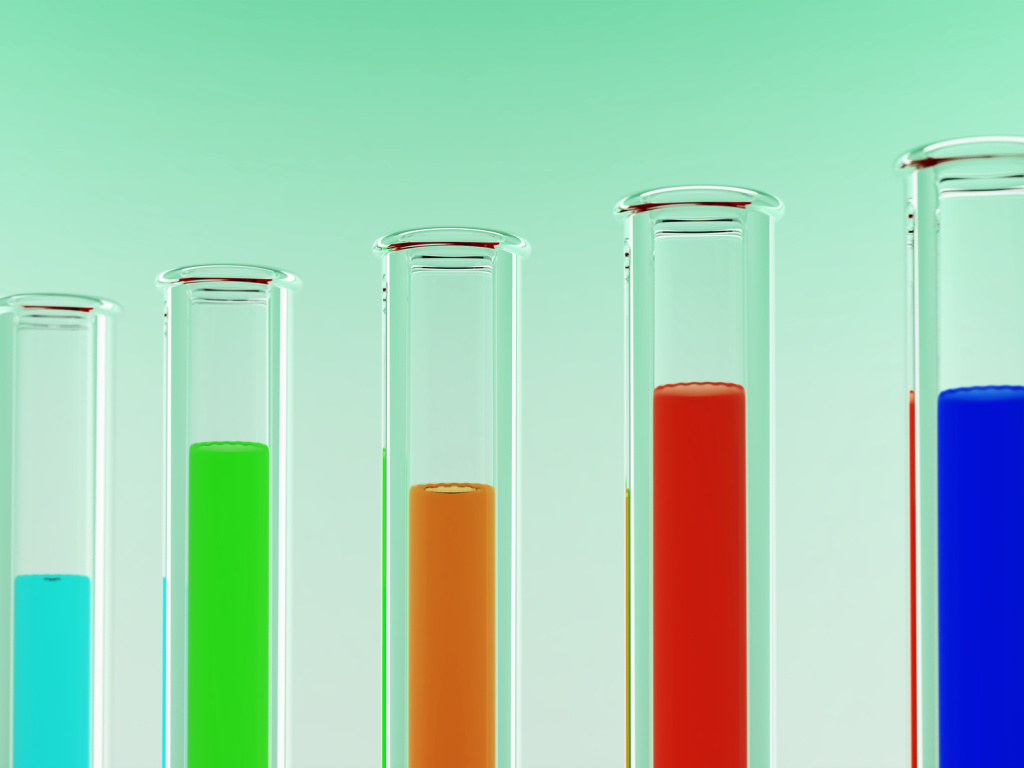From Lewis S Blevins Jr., MD – Twenty-four hour urine collections are often employed to estimate the production rates of various hormones. The accuracy of test results depends entirely on the proper collection of the urine sample. These instructions are provided as a guide to ensure that your 24-hour urine collection is obtained in a manner that will permit reliance upon the test results.
You should collect every drop of your urine produced during a 24-hour period. You should begin the collection in the morning or else at a time specified by your physician. At that time, pass your urine, flush it down the toilet, and note the exact time. This approach permits you to start with an empty bladder and an empty collection bottle. Thereafter, collect every single drop of urine during the day and following night. The very next morning, exactly 24 hours from the start time, you should empty your bladder and add that urine to the collection bottle. This will complete the collection. There should be no more than a 5 or 10 minute variation between the start and stop time. If you find that you must urinate an hour or so before the appointed time, go ahead and do so, then drink a full glass of water so that you could urinate again at the time to end the collection.
Urine samples should be collected in a large cup or other container and then poured into the large bottle. Do not try to urinate directly into the bottle. Void urine prior to bowel movements in order to avoid losing urine that might normally be passed during a bowel movement.
Some patients are asked to collect more than one consecutive 24-hour urine sample. If that is the case, you should complete the first collection as instructed. Then, begin the second collection by adding any urine made in the next 24-hours to the second bottle. You should not discard any urine when starting the second or any subsequent collections. Simply change bottles at the stop and start times after adding that last sample required to complete the previous collection.
The bottles for some tests contain a weak acid as a preservative. Do not discard the acid. If you accidentally get acid or urine from the bottle on your skin or clothing, rinse the effected area immediately with plenty of cold water. Collection bottles must be refrigerated. This is best accomplished by using an ice chest, cooler, or if so inclined, your refrigerator.
If you forget to collect all of the urine or perform the test improperly, discard the specimen and start again on another day. If the bottle contained an acid preservative, you will need to obtain a new bottle from the laboratory or your physician’s office. Otherwise, you may reuse the bottle after rinsing it with distilled water.
Lastly, please ensure that all collection bottles are labeled with your name, the start date of the collection, and as an extra precaution, if you are collecting multiple back- to- back samples, then please indicate the day of the collection (day 1, day 2, and so on). Transport the specimens to the designated facility for testing.
© 2014 – 2024, J D Faccinetti. All rights reserved.
